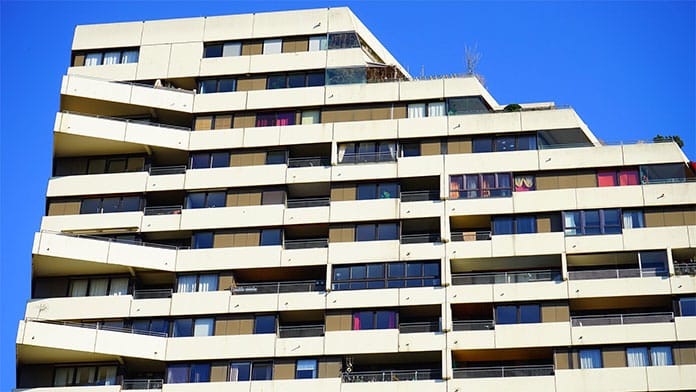01.09.2021
In Cyprus, the idea of owning a house with a plot is still relevant for many.
Despite this, we believe that the local market will gradually move in the same direction as in the US, as well as in most of Europe.
A recent analysis of WiRE FS transactions in Nicosia over the past 1.5 years showed that about 40% of the transaction value was for apartments, and two-thirds of these transactions were in urban areas.
This points to a growing trend of buying apartments instead of houses among young Cypriots. Preference is given to cheaper, smaller options with proximity to infrastructure. Many purchases are made by investors in order to profit from rentals, for which demand is growing.
If we take it one step further and look at the data published by Eurostat, it becomes clearer that property ownership is gradually losing its appeal.
In 2009 property owners accounted for 74.1% of the Cypriot market; in 2013 this number fell to 73%, and in 2019 (according to the latest data) it fell even more – to 67.9%.
In fact, 2019 was the first year that the proportion of property owners in Cyprus fell below the EU27 average of 69.8%.
Demographic changes in the country (fewer births, fewer families) affect people’s need for housing. An important fact was also a change in social norms, an increase in employment among women, a greater need for steam and entertainment. Most people are not interested in buying a big house with a yard and a pool.They want a smaller functional space, close to amenities and low maintenance costs. The reason for this was that people plan to spend most of their time at coffee / dinner and traveling.
In addition, the number of people who are able to afford this property has significantly decreased compared to thirty years ago.
We also see this on the websites of asset management companies: large houses have been selling for years, while apartments are generally more liquid.
In Cyprus, the population and households have increased significantly over the past thirty years (from 185,459 households in 1992 to 303,242 in 2011). This had a strong impact on the residential real estate market, led to numerous changes.
However, the bulk of the increase in supply was directed to overseas buyers, not to local residents.
Over the past two decades, the indigenous population has been gradually aging and family size has been shrinking.
While we wait to see what the 2021 census will show, the number of families (that is, permanent residents) consisting of one and two people in 1992 was 69,418 and 156,679 respectively, which is only 37% of all households.
During the 2011 census, this figure jumped to 52%.
On the other hand, the number of families consisting of four or more people decreased from 45% in 1992 to 30% in 2011 (83,792 in 1992, 91,266 in 2011).
The layout of the housing under construction has also changed.
In the 2001 census, properties with up to 5 rooms (including kitchen and living room) accounted for 52% of the total, and in 2011this number increased to 61%.
During the same period, the largest percentage increase was noted in houses with three and four rooms (respectively 18% and 23%); this is in line with how households have changed over time, with family sizes shrinking and young Cypriots having 1-2 children.
Real estate trends will continue to follow accelerated demographic change. Therefore, the state and the private sector, i.e. developers, banks, investors, need to take strategic steps to take this into account. This will save them from the situation when they are forced to rush into decisions after the fact.
















